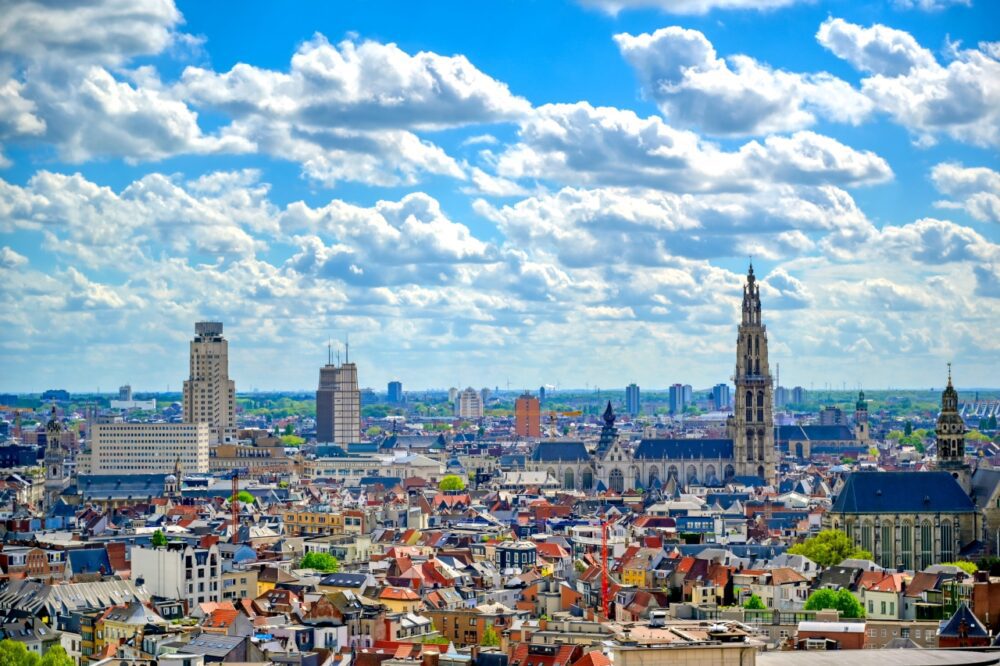
Introduction
Belgium is often overshadowed by its larger neighbours, but this small country packs a big punch. From its medieval cities and beautiful countryside to some of the best food and beer in the world, Belgium has plenty to offer. Whether you’re marvelling at the stunning architecture of Bruges, enjoying the vibrant arts scene in Antwerp, or soaking up the political energy of Brussels, Belgium has a unique charm that will draw you in.
When I first visited, I was struck by the diversity in such a compact country. It’s a place where French, Dutch, and German influences come together, creating a rich cultural blend that makes exploring each city a completely different experience. Belgium might be small, but it offers a perfect mix of history, culture, and indulgence that makes it a fantastic destination for travellers of all kinds.
Table of Contents
Reasons You Should Visit Belgium
1. Incredible History and Architecture
Belgium is a history lover’s dream. From the medieval towns that feel like stepping into a fairy tale to the grand squares and ornate guildhalls, the architecture is stunning. The Grand Place in Brussels is one of the most beautiful squares I’ve ever seen—each building is more intricate than the last, with gold trim and elaborate facades that glitter in the sunlight.
In cities like Bruges and Ghent, you’ll find medieval streets lined with buildings that have stood for centuries. Walking through Bruges, with its canals and cobblestone streets, felt like I had travelled back in time. I particularly loved visiting Belfry of Bruges, where a climb to the top offers incredible views over the city’s red rooftops. For history buffs, the sombre battlefields and war memorials around Ypres provide a deep and moving reminder of Belgium’s role in both World Wars.
2. World-Class Food and Beer
Belgium takes food seriously, and it shows. If you love indulging in delicious meals, this country will spoil you. Belgian moules-frites (mussels and fries) are a national dish, and I had some of the best mussels of my life in a cosy café in Brussels. Another must-try is the Belgian waffle. There are two types—Brussels waffles, which are light and crispy, and Liège waffles, which are denser and sweeter. My favourite was the Liège waffle, dusted with sugar and served hot from a street stall.
And let’s not forget the beer. Belgium is famous for its Trappist beers, brewed by monks in centuries-old monasteries. In Bruges, I visited a brewery that’s been making beer for over 500 years. Whether you prefer light, fruity lambics or strong, dark ales, Belgium’s beer scene has something for everyone. And if you’re not a beer fan, you can always indulge in some of the best chocolate in the world. I spent an afternoon hopping between Brussels chocolatiers, sampling pralines and truffles that were nothing short of heavenly.
3. Art and Culture at Every Turn
Belgium is a cultural powerhouse, with a rich tradition of art, music, and design. Antwerp is the country’s creative hub, home to legendary artists like Peter Paul Rubens and Antoine van Dyck. I visited Rubens House, where you can walk through the artist’s former studio and see some of his masterpieces up close. The Royal Museum of Fine Arts in Antwerp is also a must-see for art lovers, with an incredible collection of Flemish Baroque art.
Ghent, another cultural gem, combines history and modernity with its vibrant arts scene. I loved the Ghent Light Festival, where the entire city comes alive with dazzling light installations. For something a bit different, head to Leuven, where the local university adds a youthful energy to the city, and the M Museum showcases contemporary art and design in a sleek, modern space.
4. Charming Small Towns and Countryside
While the cities often steal the spotlight, Belgium’s smaller towns and countryside offer a quieter, more intimate experience. Places like Mechelen and Mons are perfect for a day trip, offering the same beautiful architecture and history, but with fewer tourists. In Mechelen, I climbed the St. Rumbold’s Tower, which gave me incredible views over the town and surrounding countryside.
Belgium’s countryside is equally impressive. I spent a few days cycling through the Ardennes, a lush, hilly region filled with forests, rivers, and quaint villages. The Citadel of Namur was a highlight, perched high above the confluence of the Meuse and Sambre rivers. It’s one of the largest fortresses in Europe and offers sweeping views of the surrounding landscape. Whether you’re into hiking, cycling, or simply enjoying the peace and quiet of the countryside, Belgium’s rural areas are a breath of fresh air.
5. Easily Accessible and Compact
One of the best things about Belgium is how easy it is to get around. The country’s compact size and excellent train network make it perfect for exploring at a leisurely pace. You can travel from Brussels to Bruges or Ghent in under an hour, and cities like Antwerp and Leuven are just a short hop away. During my trip, I found it easy to base myself in one city and take day trips to others, making the most of my time without feeling rushed.
The compact nature of Belgium also means you can experience a wide variety of landscapes and cultures in a single trip. From the French-speaking south to the Dutch-speaking Flanders, every region has its own unique character. I loved wandering through the Sablon district in Brussels, then hopping on a train to the laid-back vibe of Flanders, where the beer is strong, and the history runs deep.
Best Places to Visit in Belgium
1. Brussels
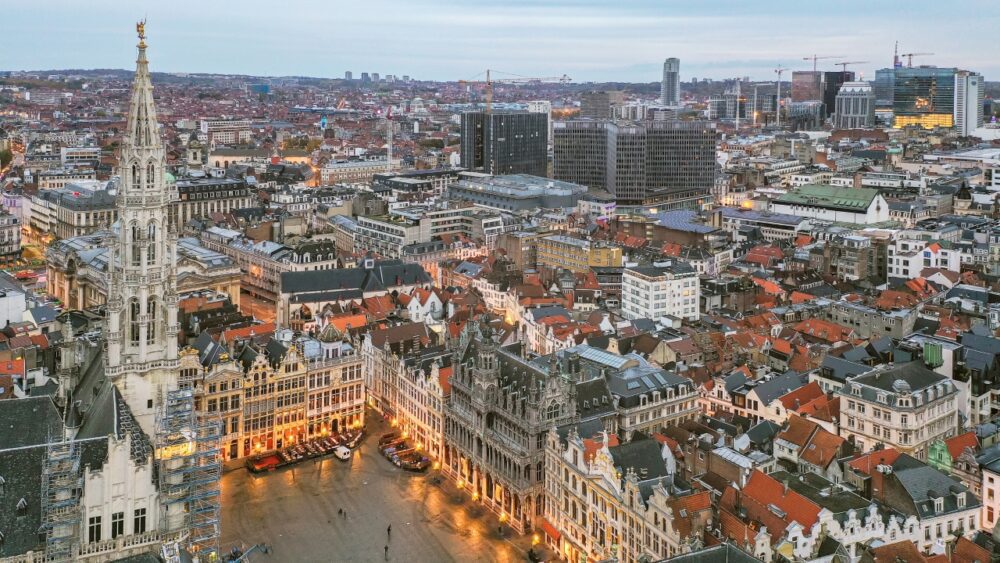
As the capital of both Belgium and the European Union, Brussels is a city of contrasts. It’s home to grandiose buildings and historic sites, but it’s also a hub for contemporary art, food, and politics. I started my visit in Grand Place, one of the most beautiful squares in Europe. The ornate guildhalls and town hall are breathtaking, and it’s the perfect spot to people-watch while sipping a Belgian beer.
Brussels also has a quirky side, with attractions like the Atomium, a futuristic building that offers panoramic views of the city. One of my favourite discoveries was the Hergé Museum, dedicated to the creator of Tintin. For art lovers, the Royal Museums of Fine Arts is a must-see, featuring everything from Flemish masterpieces to modern art. And don’t forget to grab some chocolate from one of the city’s famous chocolatiers—I particularly loved the artisanal pralines from Pierre Marcolini.
2. Bruges
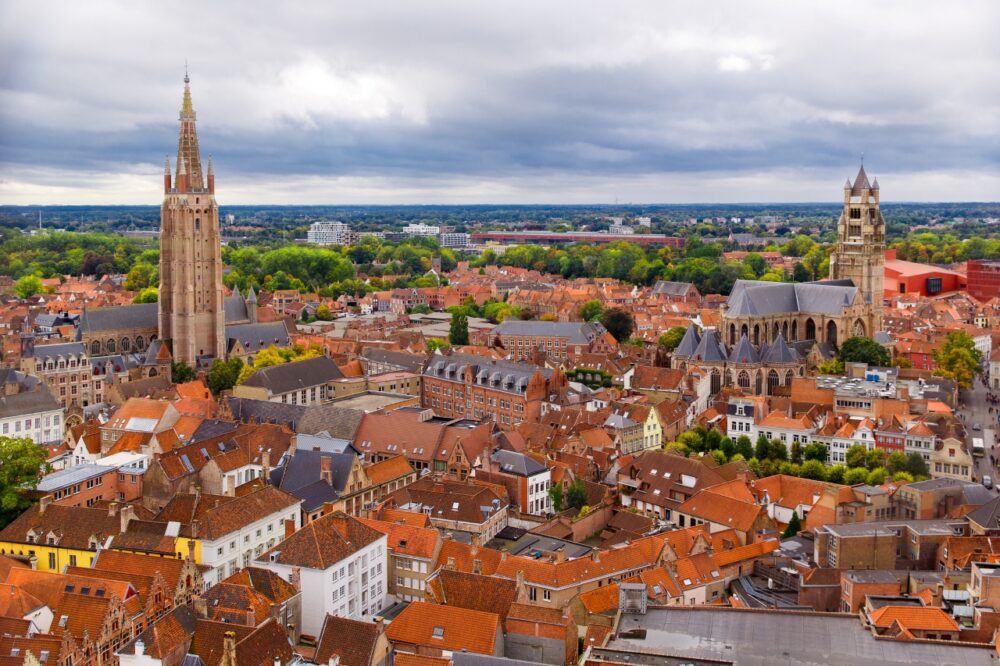
Bruges is often called the “Venice of the North” for its picturesque canals and medieval charm. Walking through Bruges feels like stepping into a fairy tale, with its cobbled streets, colourful houses, and horse-drawn carriages clattering by. I started my visit at the Belfry of Bruges, climbing the narrow spiral staircase to the top for stunning views over the city.
Bruges is also home to some incredible art, particularly at the Groeningemuseum, which houses a fantastic collection of Flemish paintings. After a day of sightseeing, I took a boat ride along the canals, which offers a completely different perspective of the city. Bruges can get crowded, especially during peak season, so I recommend visiting early in the morning or staying overnight to experience the city when it’s a bit quieter.
3. Antwerp

Antwerp is Belgium’s second-largest city and a centre of fashion, art, and design. It’s known for its thriving diamond district and its port, one of the largest in Europe. I was blown away by the city’s mix of old and new—there’s a rich history here, but also a vibrant, youthful energy that keeps things fresh.
A visit to the Cathedral of Our Lady is a must, home to several works by Peter Paul Rubens. I also spent a few hours at the MAS (Museum aan de Stroom), a striking modern building that offers panoramic views of the city from its rooftop terrace. For fashion lovers, Antwerp is a paradise, with plenty of boutiques and designer stores to explore. The city’s café culture is fantastic too, with hip spots like Normo Coffee offering a perfect place to relax after a day of shopping and sightseeing.
4. Ghent

Ghent is one of Belgium’s hidden gems. It’s less touristy than Bruges, but just as beautiful, with its medieval architecture, lively arts scene, and vibrant student population. The Graslei and Korenlei canals are the heart of the city, and I spent a peaceful afternoon strolling along the water, admiring the historic buildings reflected in the canal.
One of the highlights of Ghent is Saint Bavo’s Cathedral, home to the famous Ghent Altarpiece by the Van Eyck brothers. It’s one of the most important works of art in European history, and seeing it up close was a real thrill. Ghent also has a great food scene—don’t miss the chance to try waterzooi, a creamy chicken or fish stew that’s a local speciality.
5. Leuven
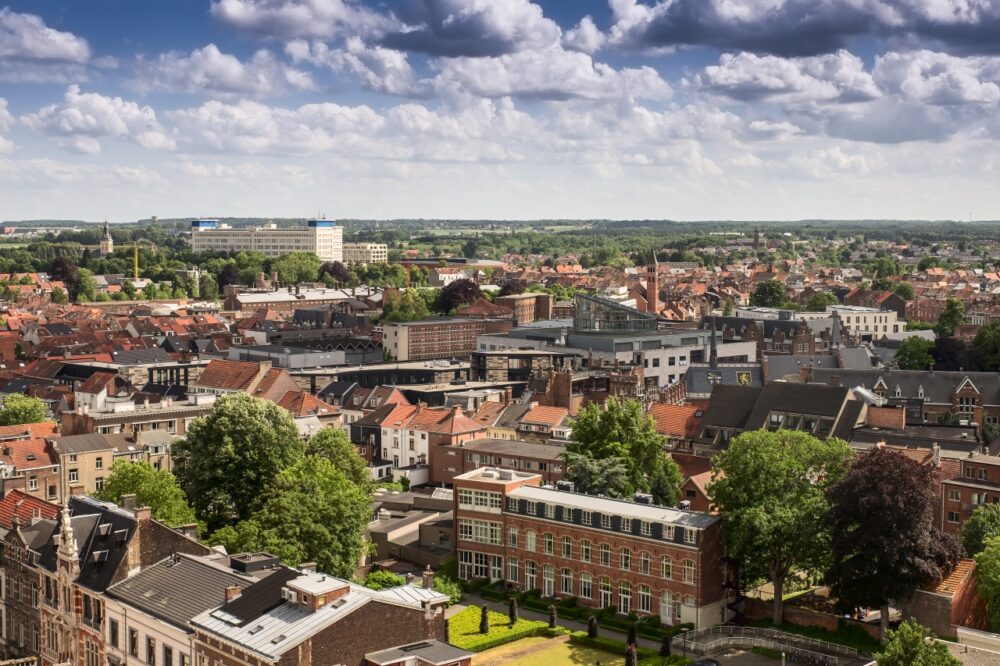
Leuven is a vibrant university town with a rich history and youthful energy. The university, one of the oldest in Europe, adds a lively buzz to the city, and you can feel it in the bustling bars and cafés that line the streets. The Old Market Square is a great place to start your visit—it’s often called the “longest bar in the world” because of the number of cafés that spill out into the square.
Leuven is also home to some impressive architecture, like the Town Hall, with its ornate façade, and the University Library, which has a tragic history—it was destroyed during both World Wars but was rebuilt as a symbol of peace. I loved visiting M-Museum, which features a mix of contemporary art and works from the city’s historical collections.
6. Liege
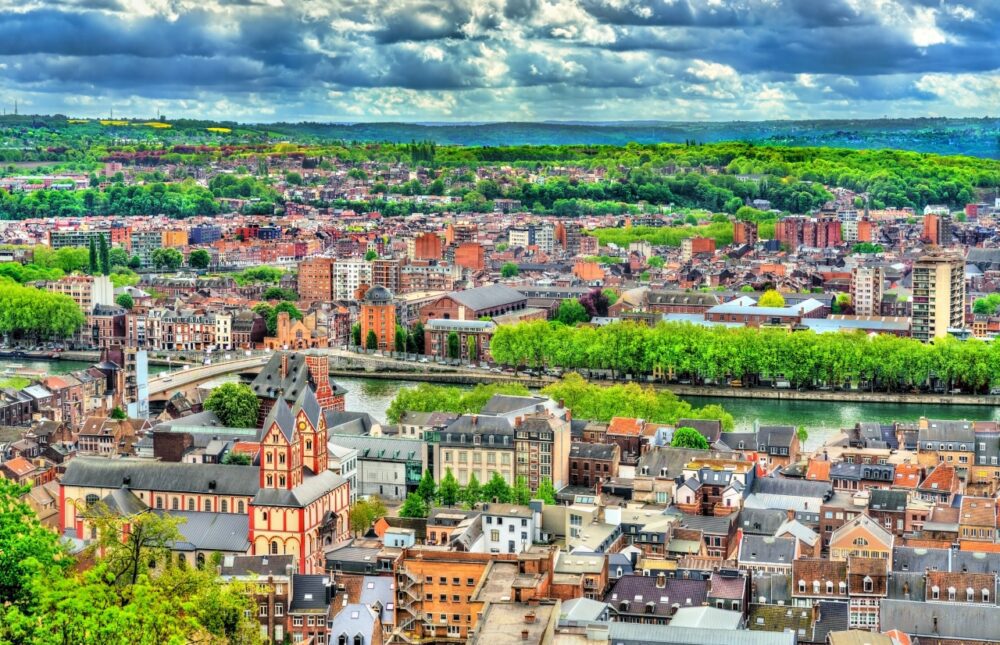
If you want to experience Belgium’s French-speaking side, Liège is a great place to start. The city has a gritty, industrial feel, but it’s also full of charm and culture. I visited the Museum of Walloon Life, which offers a fascinating insight into the region’s history and traditions. Liege is also known for its Sunday market, one of the largest in Europe, where you can find everything from fresh produce to antiques.
For a taste of local cuisine, try a Liège waffle, which is denser and sweeter than its Brussels counterpart. I grabbed one from a street stall and it was perfect fuel for a day of exploring the city. Liege’s nightlife is also worth experiencing, with plenty of bars and live music venues to choose from.
7. Mechelen
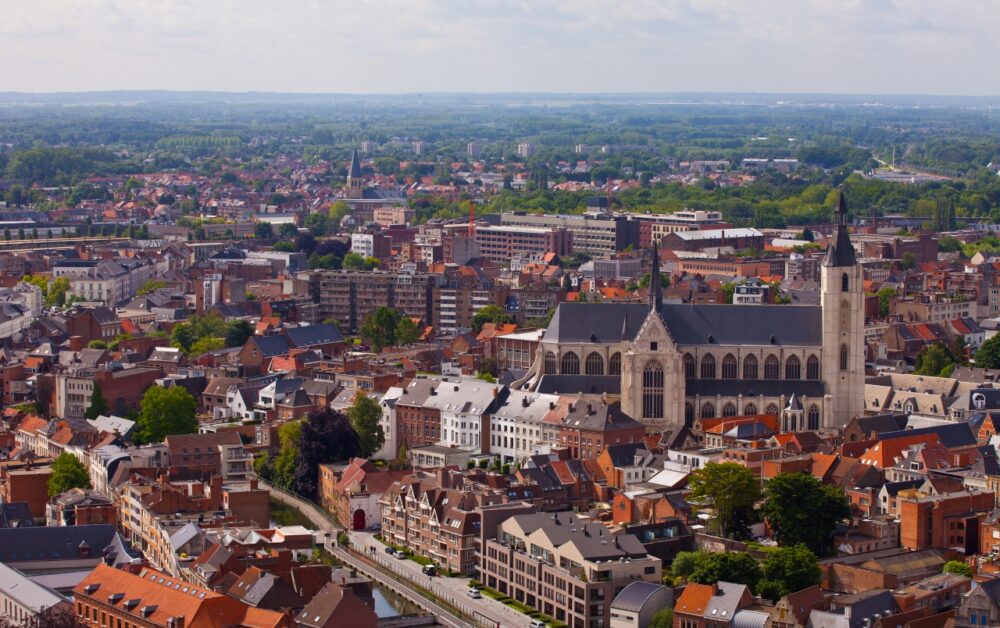
Mechelen is a small, often overlooked town, but it’s full of history and charm. The St. Rumbold’s Tower dominates the skyline, and climbing its 500 steps for views over the town and surrounding countryside is well worth the effort. Mechelen is also home to the Palace of Margaret of Austria, where the Renaissance regent once lived—it’s a lovely place to wander through the gardens and learn about this important figure in European history.
One of the things I loved about Mechelen is how walkable it is. The old town is small but packed with interesting sights, like the Toy Museum and the Holocaust Museum, housed in a former barracks that played a role in World War II. It’s a town with a rich history and plenty of hidden gems to discover.
8. Mons
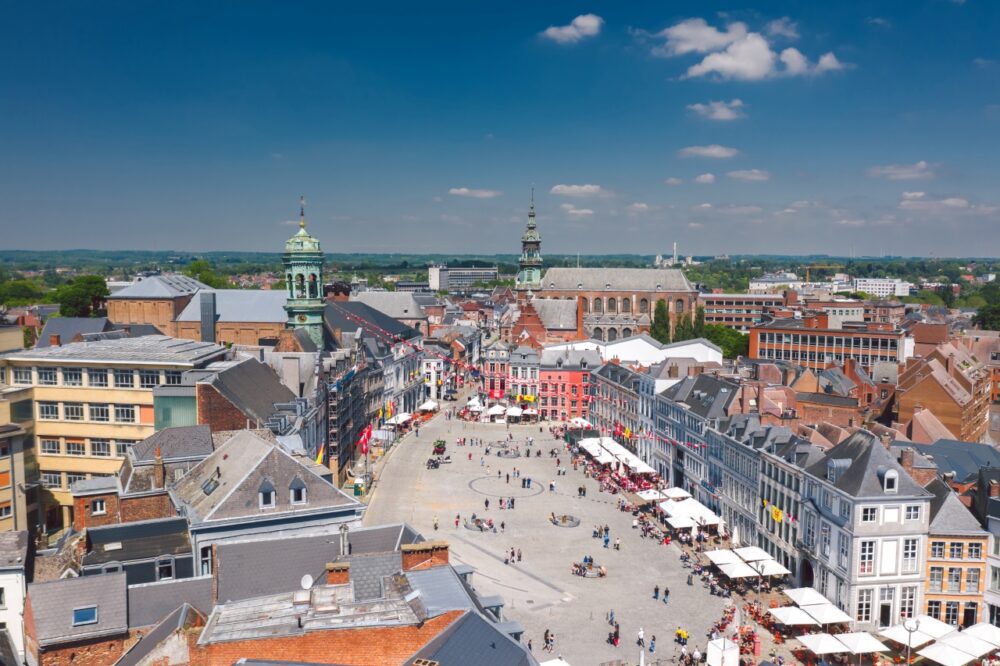
Located near the French border, Mons is a small but lively city with a fascinating history. It was the European Capital of Culture in 2015, and you can feel that cultural vibrancy in its museums and events. One of my favourite spots was the Belfry of Mons, a UNESCO World Heritage Site, which offers stunning views of the city and countryside.
Mons also has a strong connection to World War I, and a visit to the Mons Memorial Museum is a moving experience. The city’s Grand Place is another highlight, with its beautiful architecture and lively terraces—perfect for a coffee or beer after a day of sightseeing.
9. Namur
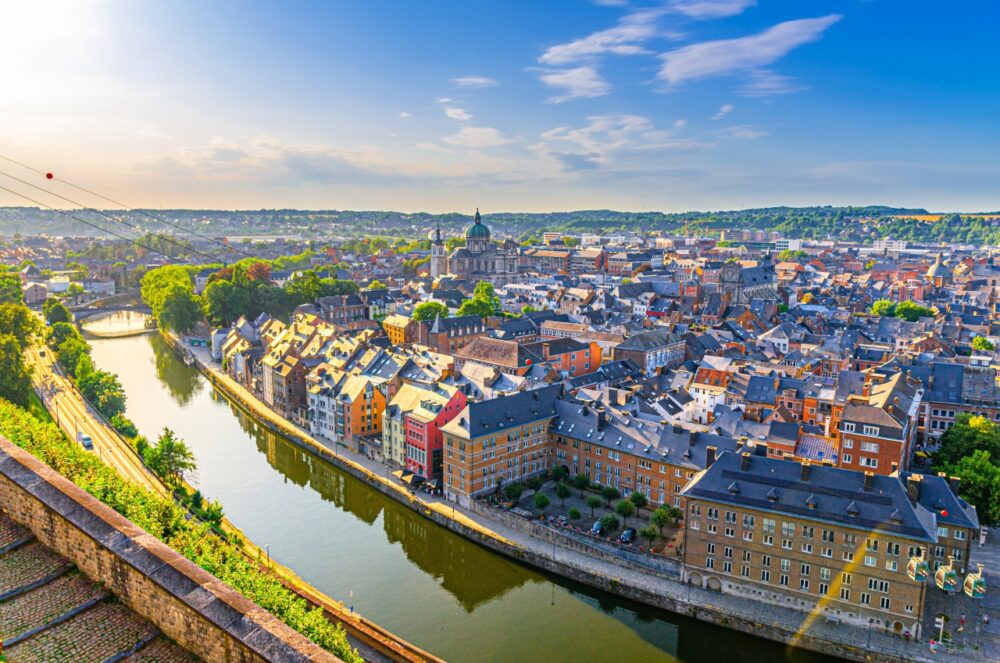
Namur, the capital of the Wallonia region, is a charming city nestled between two rivers. The highlight of Namur is undoubtedly the Citadel, one of the largest fortresses in Europe. I spent a morning exploring the underground tunnels and taking in the panoramic views of the city and countryside from the top.
Namur has a relaxed, small-town feel, with plenty of cosy cafés and restaurants where you can enjoy local specialities like trout from the Meuse River. The town’s location at the confluence of the Meuse and Sambre rivers makes it a great base for exploring the surrounding countryside, whether by bike or boat.
10. Ypres
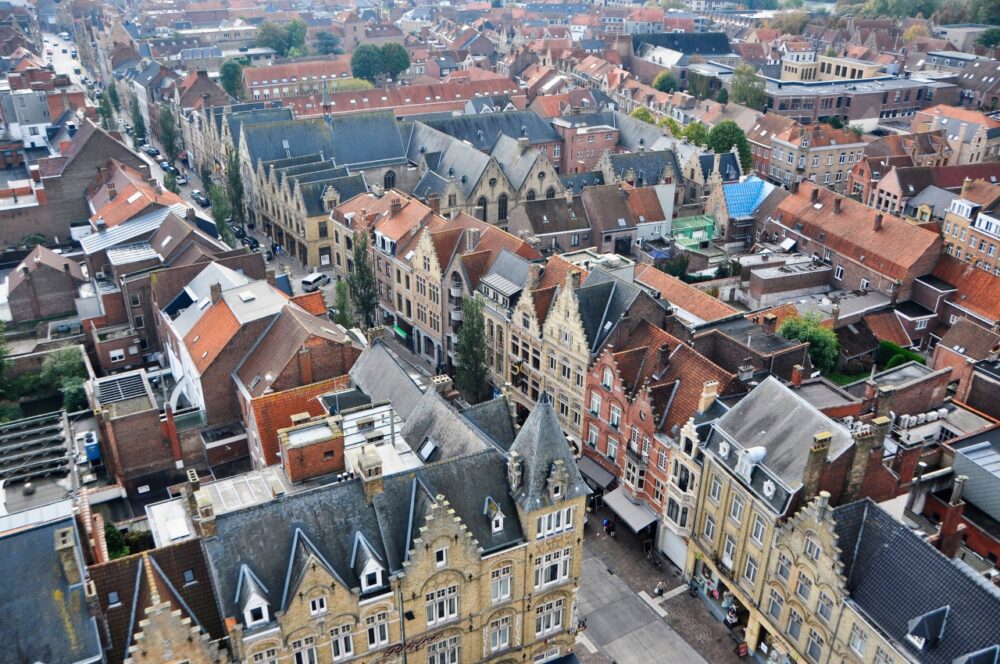
Ypres is a city with a sombre history, as it was the site of some of the bloodiest battles of World War I. Today, it’s a place of remembrance, with its Menin Gate war memorial and the In Flanders Fields Museum, which tells the story of the war and its impact on the region. I attended the Last Post ceremony at the Menin Gate, a daily tribute to the fallen soldiers, and it was an incredibly moving experience.
Ypres is also a beautiful town in its own right, with its medieval architecture and tranquil squares. The Cloth Hall, once the centre of the town’s textile industry, is now home to the In Flanders Fields Museum, and its tower offers great views over the town. Ypres is a must-visit for anyone interested in history, but it’s also a peaceful place to reflect on the past and enjoy the present.
Travel Tips for Belgium
Getting Around Belgium
Belgium has an excellent public transport system, making it easy to travel between cities. Trains are the fastest and most convenient way to get around, with regular services connecting major cities like Brussels, Bruges, and Antwerp. For local transport, trams and buses are reliable and run frequently. If you’re staying in cities, you won’t need a car, but if you plan to explore the countryside or smaller towns, renting a car offers more flexibility.
Best Time to Visit Belgium
The best time to visit Belgium depends on what you want to experience. Spring (April to June) and autumn (September to October) are ideal for pleasant weather and fewer crowds, especially in popular cities like Bruges. Summer (July to August) sees the busiest tourist season, with warm weather perfect for outdoor events and festivals, such as the Gentse Feesten in Ghent. Winter is chilly but magical if you’re visiting for the Christmas markets or to enjoy Brussels’ cosy cafes.
Passport and Visa Requirements for Belgium
Belgium is part of the Schengen Area, so if you’re from the EU/EEA, you won’t need a visa. Travellers from countries like the US, Canada, and Australia can stay visa-free for up to 90 days. Make sure your passport is valid for at least three months beyond your departure date. Always carry a valid ID with you, especially when travelling between Belgium’s neighbouring countries like France, Germany, and the Netherlands.
Currency and Banks in Belgium
Belgium uses the Euro (EUR), and ATMs are widely available in cities and towns. Credit and debit cards are commonly accepted, but smaller shops and cafes may prefer cash, so it’s always handy to have some euros on you. Avoid airport currency exchanges, which often have worse rates—using an ATM or exchanging money at a bank is usually a better option.
Language and Useful Phrases to Know
Belgium has three official languages: Dutch, French, and German, with Dutch spoken in Flanders, French in Wallonia, and German in a small eastern region. English is widely spoken, especially in Brussels, but locals always appreciate a bit of effort. Learn a few basic phrases like “Bonjour” (hello) or “Merci” (thank you) in French, or “Goeiemorgen” (good morning) and “Dank u” (thank you) in Dutch, depending on where you are.
Budgeting and Costs for Belgium
Belgium isn’t the cheapest country in Europe, but it’s possible to travel on a budget. Public transport is affordable, and city passes like the Brussels Card offer good value if you’re planning to visit multiple attractions. Meals in local cafes and friteries (fry shops) are budget-friendly compared to restaurants. Belgian beer, while world-class, can be pricey in tourist hotspots—so try heading to local bars for a more authentic (and cheaper) experience.
Conclusion
Belgium is a small country with a huge variety of experiences to offer. Whether you’re exploring the medieval streets of Bruges, enjoying world-class art in Antwerp, or reflecting on history in Ypres, you’ll find that each city and town has its own unique charm and story to tell. The mix of languages, cultures, and traditions makes Belgium feel like several countries rolled into one.
What makes Belgium truly special, though, is its balance. It’s a place where history and modernity coexist, where grand architecture sits alongside quirky street art, and where you can enjoy the best of both worlds—relaxed small towns and lively cities. So whether you’re here for the beer, the chocolate, or the history, Belgium will surprise you in the best way possible. Trust me, you’ll leave with a full belly, a full heart, and a long list of reasons to return.
